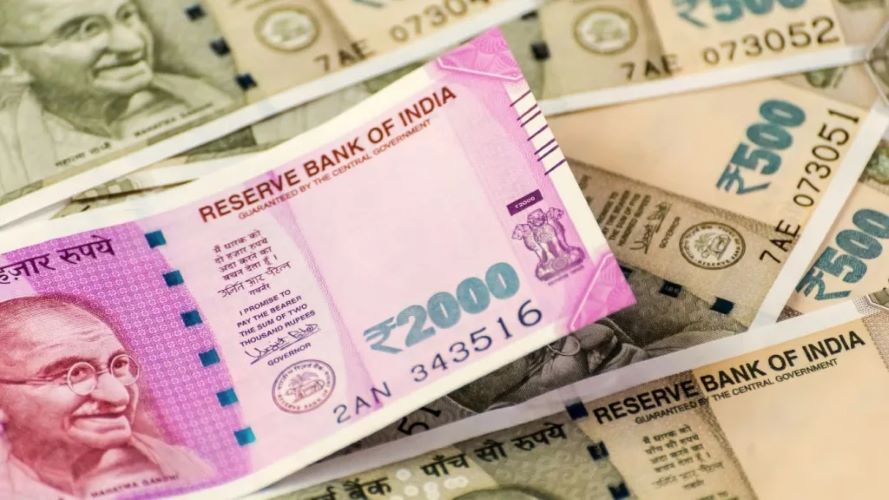Indian Rupee Hits Record Low Against Dollar

The Indian rupee has recently plunged to a record low of 85.24 against the US dollar. This decline occurred during early trading on Thursday and reflects a broader trend affecting many Asian currencies. The rupee’s fall comes after it closed at 85.20 on Tuesday, following a mid-week holiday in Indian financial markets. The depreciation of the rupee is attributed to rising US Treasury yields and a weakening of the offshore Chinese yuan, which has further intensified pressure on regional currencies.
Factors Contributing to the Rupee’s Decline
Several factors are contributing to the rupee’s current struggles. A significant driver is the increase in the 10-year US Treasury yield, which has reached its highest level since late May. This rise has bolstered the dollar index, pushing it closer to its year-to-date peak. The weakening of the offshore Chinese yuan, which recently fell to 7.3070 per dollar, has also added to the regional currency pressures.
A recent report from Standard Chartered Bank outlines various headwinds that the rupee is likely to face in the coming year. The report highlights slowing foreign direct investment (FDI) inflows, weak manufacturing exports amid muted global demand, and a narrowing policy rate differential with the US as key challenges. These factors are expected to exert continued pressure on the Indian currency, with projections suggesting that the rupee may depreciate modestly to 85.5 per US dollar over the next 12 months.
Potential Support for the Rupee
Despite the challenges facing the rupee, there are several factors that could provide some support. India’s robust economic growth remains a positive indicator. The country has attractive real yields and a stable balance of payments, bolstered by its recent inclusion in the global bond index. Additionally, softer commodity prices and strong foreign exchange reserves may help stabilize the currency.
However, these supportive factors may not be enough to counteract the downward pressures. The Standard Chartered report emphasizes that while the rupee may experience some support, it is likely to trade with a modest depreciating bias. The projected depreciation to 85.5/USD over the next year reflects a cautious outlook for the currency amidst ongoing economic challenges.
Outlook for Indian Economy and Equities
Looking ahead, the Indian economy is expected to recover from its current cyclical slowdown. The recovery is anticipated to be driven by higher government capital expenditure, a revival in rural demand, and improved urban consumption. Broader policy support is also expected to play a crucial role in this recovery. The report from Standard Chartered forecasts that India’s economic growth will outpace that of major peers by 2025.
Moreover, the outlook for Indian equities appears favorable. Strong GDP growth and corporate earnings are projected to outpace global peers. Factors such as steady domestic investor inflows through systematic investment plans (SIPs) and a potential resurgence of foreign investments are expected to bolster the stock market. Additionally, anticipated US Federal Reserve rate cuts could further enhance market conditions.
While the Indian rupee faces significant near-term hurdles, the country’s strong macroeconomic fundamentals and growth potential suggest a resilient economic outlook for 2025. Despite the external and domestic challenges, there remains a sense of optimism regarding India’s financial and economic future.
Observer Voice is the one stop site for National, International news, Sports, Editor’s Choice, Art/culture contents, Quotes and much more. We also cover historical contents. Historical contents includes World History, Indian History, and what happened today. The website also covers Entertainment across the India and World.

